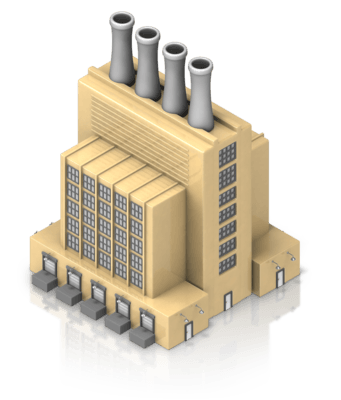 When people heard about lead poisoning in Flint, Michigan, most of them were scratching their heads in confusion. Lead poisoning? That would have been like a news story about how scurvy just made a roaring comeback when no one was looking. We realized that lead was a problem decades ago... that's why we stopped putting it in our paint, and in our gasoline.
When people heard about lead poisoning in Flint, Michigan, most of them were scratching their heads in confusion. Lead poisoning? That would have been like a news story about how scurvy just made a roaring comeback when no one was looking. We realized that lead was a problem decades ago... that's why we stopped putting it in our paint, and in our gasoline.
What most of us forgot, though, and which news sources like Last Week Tonight have dug up, is that we are still inundated with lead. All that lead paint that was put up in the past? All those lead pipes we installed? Well, those construction projects were built to last, and now we're dealing with the long-term consequences of putting lead in practically everything we built for so many years.
Demolition Preparation: Industrial Projects Lead Paint Removal
Demolition might seem like an ideal solution for getting rid of a lead problem. However, it's important to remember that lead dust is a huge health and environmental hazard. If you have lead paint on your walls, there is no surer way to create a huge cloud of dust than by knocking those walls down indiscriminately.
If you're going to deal with a lead problem as part of a demolition project, then you need to remove the lead before you can demolish anything. And, because lead is such a hazard, it's important not to cut corners when it comes to disposing of it. While proper lead disposal can slow down a project, and add cost to the bottom line, there is no shortcut when it comes to lead. Just like asbestos, and other hazardous materials we once commonly built with, we have to deal with the last generation of hazards, and cut them out cleanly before we can proceed with building the future.
ECOBOND® LBP Lead Defender®’s patented lead sealant and treatment formula contains an advanced technology that seals and treats the lead and lead dust in lead-based paint. The formula includes lead treatment reagents, paint penetrators and high quality water based paint providing up to a 95% reduction in lead hazards* and controls the spread of airborne lead dust by up to 99% and now resists acid rain.**
